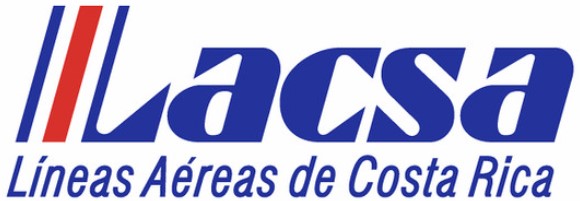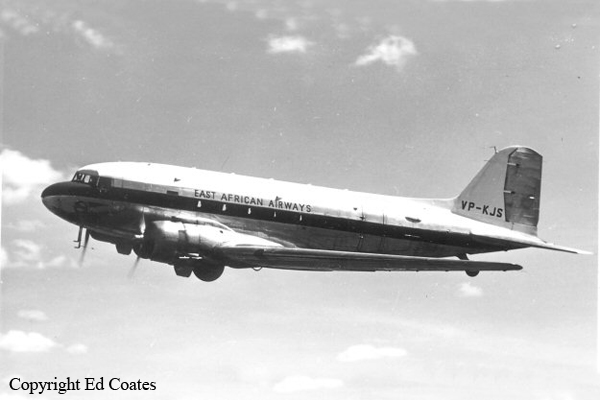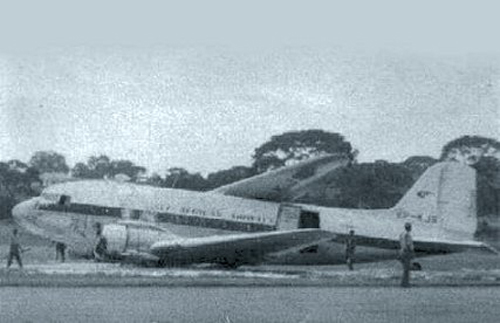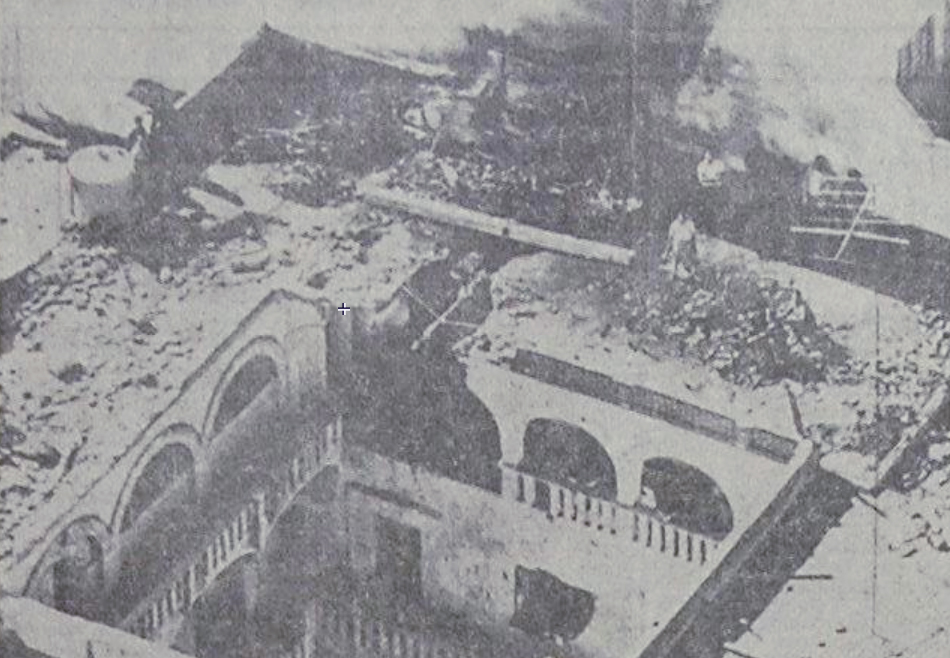Crash of a Douglas R4D-4 on Mt Arenal: 2 killed
Date & Time:
May 12, 1961 at 0625 LT
Registration:
TI-1006C
Survivors:
No
Schedule:
San José – Upala
MSN:
4960
YOM:
1942
Crew on board:
2
Crew fatalities:
Pax on board:
0
Pax fatalities:
Other fatalities:
Total fatalities:
2
Aircraft flight hours:
30385
Circumstances:
The crew departed San José Airport in the early morning on a cargo flight to Upala. About 20 minutes after takeoff, while cruising at an altitude of 4,700 feet in clouds, the airplane struck the slope of the Arenal volcano. The airplane was destroyed and both pilots were killed.
Probable cause:
It was determined that the airplane was slightly off course at the time of the accident due to a northeast wind. The crew was unable to distinguish the mountain that was shrouded in clouds (stratus). Also, the crew started the descent to Upala a bit too early, which was considered as a contributing factor.
Final Report:












